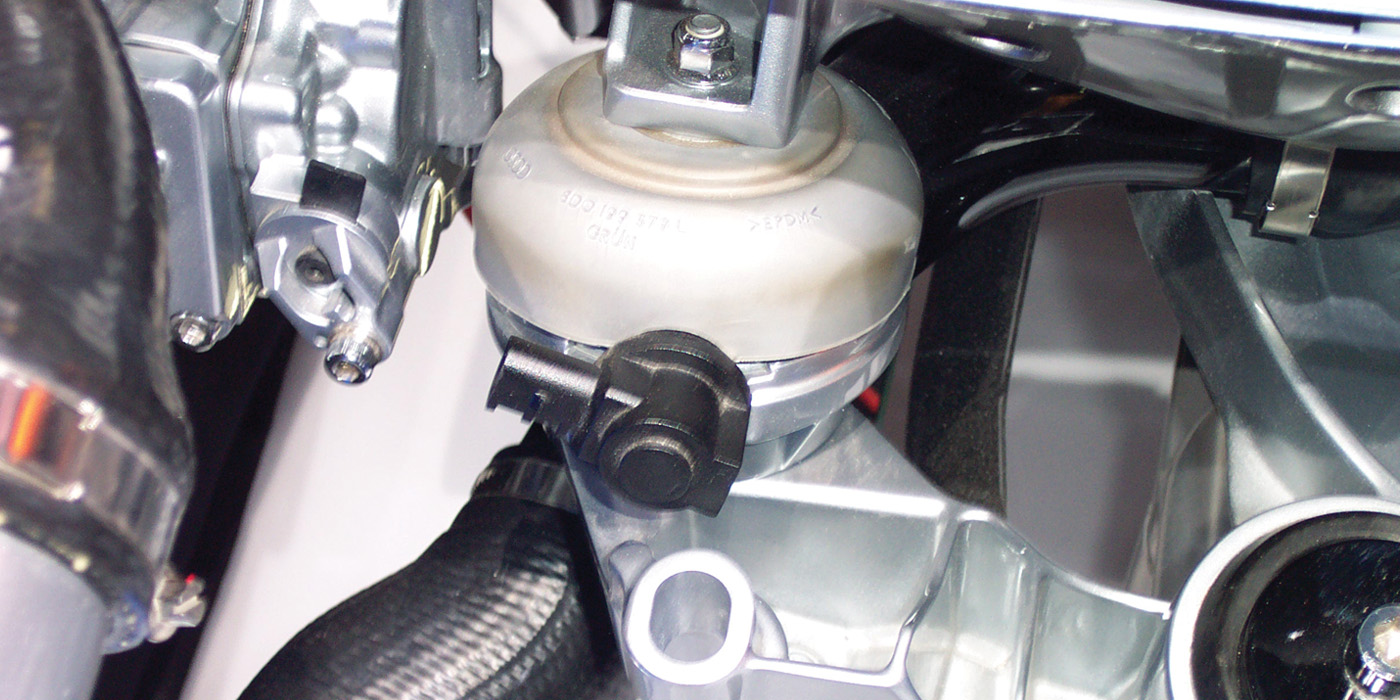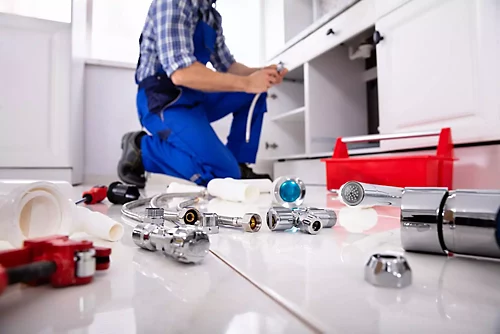Troubleshooting Common Engine Mount Failures in Tractors
Engine performance is critical to the efficiency and productivity of agricultural operations. Tractors, in particular, are subjected to intense workloads and must operate reliably over rough terrain and under varying conditions. One component that plays a pivotal role in maintaining the engine’s stability and performance is the engine mounts. These parts secure the engine to the tractor’s frame while absorbing and isolating vibrations. When engine mounts fail, they can lead to a range of operational issues, from increased wear to serious mechanical failures.
Properly identifying and troubleshooting engine mount problems early can prevent costly repairs and extend the life of your equipment. Understanding what causes these failures and how to address them can save both time and money in the long run.
Farmers and maintenance professionals looking for reliable replacement engine mounts should ensure they are using high-quality, application-specific components. These mounts must be designed to withstand the rigors of agricultural use, including exposure to moisture, chemicals, temperature fluctuations, and continuous vibration.
Why Engine Mounts Fail in Tractors
Tractors operate in demanding conditions, often for extended periods. Over time, this wears down engine mounts. Here are the most common reasons for engine mount failure in tractors:
1. Material Fatigue and Aging
Rubber is the most common material used in engine mounts because of its ability to absorb vibrations. However, constant exposure to high temperatures, oil, dirt, and other environmental factors causes the rubber to dry out, crack, or harden. Once the rubber deteriorates, it can no longer effectively absorb engine vibration, leading to engine misalignment or excessive movement.
2. Excessive Engine Vibration
If the engine is not running smoothly due to other issues—such as poor fuel combustion, misfiring, or worn components—this can create vibrations beyond what the mounts were designed to handle. Over time, these abnormal vibrations can cause the mounts to fail prematurely.
3. Overloading or Misalignment
Tractors are often modified or fitted with aftermarket components that can alter engine weight distribution. If the engine is not properly aligned or if the weight exceeds the mount’s design limits, stress on the mount increases. This added strain can cause the mount’s bolts to loosen, the rubber to shear, or the entire mount to break.
4. Oil and Chemical Exposure
Oil leaks from the engine or surrounding systems can degrade the rubber in engine mounts. This softens the material and reduces its ability to provide support and dampening. Similarly, exposure to fertilizers or cleaning chemicals can lead to chemical breakdown and premature failure.
Signs of Engine Mount Failure in Tractors
Detecting engine mount problems early can prevent further damage to your tractor. Some common symptoms to watch for include:
- Excessive engine movement: If the engine seems to shake or shift more than usual when idling or accelerating, it could be due to a broken or loose mount.
- Unusual noises: Clunking, knocking, or thumping sounds from the engine bay often indicate that the engine is moving and hitting other components.
- Increased vibration: A noticeable increase in vibration felt in the operator’s seat or steering wheel can point to worn-out mounts that no longer isolate engine movement.
- Visible wear: Upon inspection, you may notice cracks in the rubber, corrosion on the metal brackets, or misalignment of the engine.
Troubleshooting and Solutions
Step 1: Visual Inspection
Start by examining the engine mounts for obvious signs of damage. Check for cracked, broken, or sagging rubber components. Make sure the mounting bolts are tight and that there’s no metal-on-metal contact between the engine and the chassis.
Step 2: Test for Engine Movement
With the engine running, gently rev the engine while observing its movement. Excessive swaying or rocking indicates that one or more mounts may be compromised.
Step 3: Listen for Noise
Pay attention to any unusual noises when starting, stopping, or shifting gears. Thuds or clunks could mean the engine is shifting position due to a failed mount.
Step 4: Check for Fluid Leaks
Look for signs of oil or coolant leaks near the engine mount area. If found, address the leak and replace the mount, as it may have been compromised by fluid exposure.
Step 5: Replace Faulty Mounts Promptly
If one or more engine mounts are found to be damaged, replace them immediately with high-quality replacements that are designed for your specific tractor model. Avoid patching or reusing mounts, as this may not offer adequate support or vibration dampening.
Preventive Maintenance Tips
- Inspect mounts regularly: Include engine mount inspection in your routine maintenance schedule, especially after long periods of operation or harsh conditions.
- Address engine issues promptly: Reduce excessive vibration by ensuring your engine is properly tuned and serviced.
- Clean and protect: Wipe down mounts and surrounding areas to prevent buildup of grime and exposure to harmful fluids.
Conclusion
Engine mounts may be small, but they serve a vital function in tractor performance. Failure to recognize the early warning signs of engine mount degradation can lead to increased vibration, operator discomfort, engine misalignment, and costly repairs. By staying vigilant and replacing faulty engine mounts with durable, well-engineered parts, you can ensure your tractor remains reliable and efficient in the field.
Taking a proactive approach to engine mount maintenance is not just a matter of preserving machinery—it’s about protecting productivity and maintaining the safety of daily agricultural operations.






